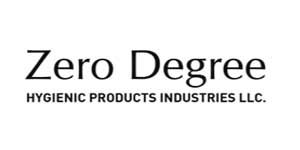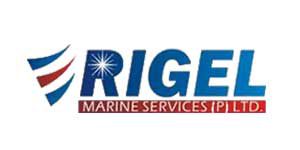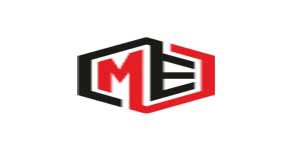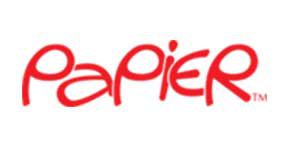
CE Mark Certification
Google User
Rating: 5 out of 5
CE MARK Certification
The CE mark Certification symbolizes that a product it is affixed to is in conformity with all relevant essential requirements of the European technical regulations (“Directives”) and that the product compliance has been established using the appropriate conformity assessment procedure(s). The ‘essential requirements’ are requirements related to product safety, public health and consumer protection.
CE marking is obligatory for any product covered by one or more of the European technical regulations requiring the affixing of the CE Mark certification. Without the CE Mark, these products are not allowed to be placed or to be put into service in Europe. In this regard, the CE marking sometimes is called a ‘trade passport’, because like carrying a passport when entering a country, the CE Mark is required for market access
ACHIEVING CE Mark Certification
- We can also provide a no-obligation competitive quotation from our dedicated business development team.
- Our leading auditors will devise a comprehensive assessment program which will be agreed in line with your product certification requirements.
CERTIFICATION BENEFITS
- Eligibility for submitting tenders or proposals for projects.
- Eligibility for submitting tenders or proposals for projects.
- Establish product safety in terms of public health and consumer protection.
- Generates new business opportunities
- Can boost your product’s brand reputation and be a useful promotional tool, especially when going up against competitors who aren’t certified
- Attract investment and improve brand reputation
- Increased customer confidence and satisfaction
- Minimize corporate risk
How to obtain CE marking Certification?
There are different steps for manufacturers :
1. Identify the EU requirements for your product
The EU-wide requirements are laid down in directives that cover different products or product sectors, for example:
- Toys
- Electrical equipment
- Machinery
- Medical devices
- Lifts
- Personal Protective Equipment
These directives lay down the essential requirements that products have to fulfil.
2. Check whether your product meets the specific requirements
It is up to you to make sure your product meets all the EU legal requirements. If harmonised European standards exist for your product and you follow them in the production process, your product will be presumed to be in conformity with the requirements laid down in the relevant EU directives.
3. Check whether your product must be tested by a Notified Body
For some products, special conformity assessment bodies (‘Notified Bodies’) must verify that your product meets the specific technical requirements. This is not obligatory for all products. Use the “Nando” database to identify which Notified Body to contact in your case.
4. Test your product
If your product doesn’t need to be verified by an independent body, then it is up to you to check that it complies with the technical requirements. This includes estimating and documenting the possible risks when using your product.
5. Compile the technical dossier
Your technical dossier should include all the documents that prove that your product complies with the technical requirements.
6. Affix the CE marking and draft a declaration of conformity
Finally, you can affix the CE marking on your product. The marking must be visible, legible and indelible. If you had to involve a notified body in step 3, you should also put the identification number of this body on the product. You must also draft and sign an EU declaration of conformity stating that your product meets all legal requirements.
General principles of the CE marking
- The CE marking shall be affixed only by the manufacturer or his authorised representative.
- The CE marking shall be affixed only to products to which its affixing is provided for by specific Community harmonisation legislation, and shall not be affixed to any other product.
- By affixing or having affixed the CE marking, the manufacturer indicates that he takes responsibility for the conformity of the product with all applicable requirements set out in the relevant Community harmonisation legislation providing for its affixing.
- The CE marking shall be the only marking which attests the conformity of the product with the applicable requirements of the relevant Community harmonisation legislation providing for its affixing.
- The affixing to a product of markings, signs or inscriptions which are likely to mislead third parties regarding the meaning or form of the CE marking shall be prohibited. Any other marking may be affixed to the product provided that the visibility, legibility and meaning of the CE marking are not thereby impaired.
- Member States shall ensure the correct implementation of the regime governing the CE marking and take appropriate action in the event of improper use of the marking. The Member States shall also provide for penalties for infringements, which may include criminal sanctions for serious infringements. Those penalties shall be proportionate to the seriousness of the offence and constitute an effective deterrent against improper use.





















